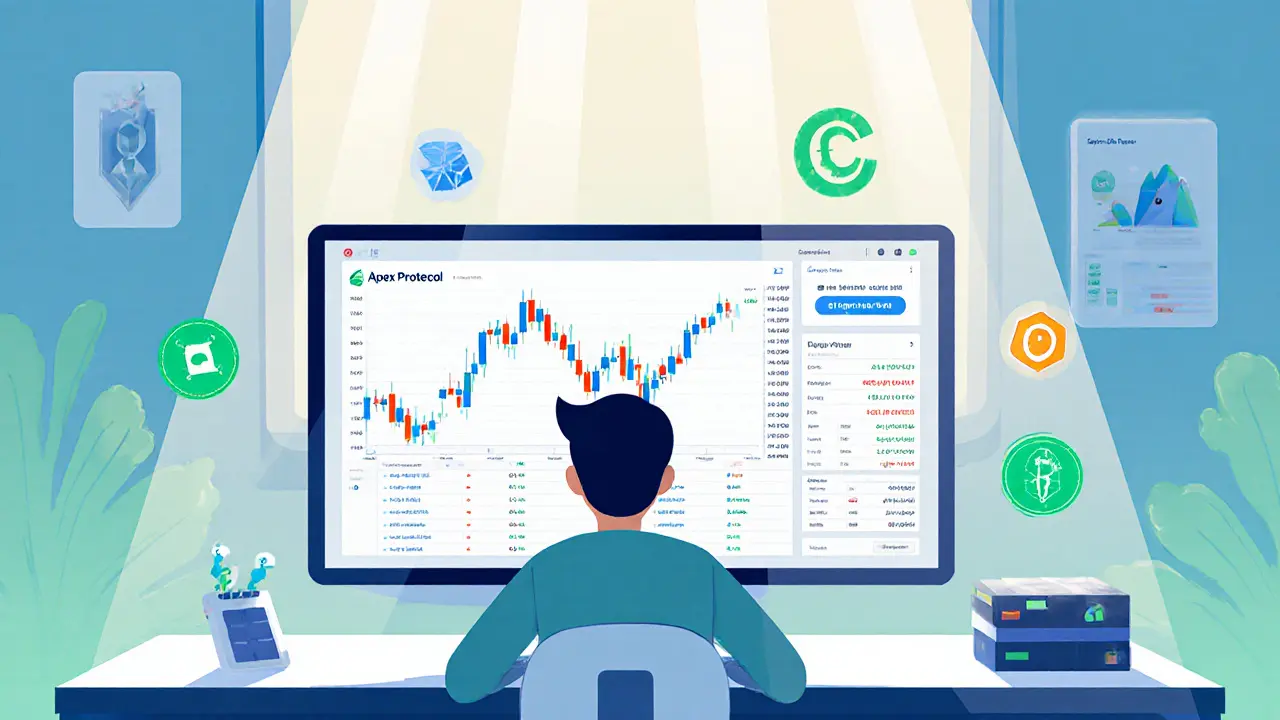Crypto Fees: What You Need to Know
When dealing with fees, the charges you pay to move, trade, or use blockchain services. Also called costs, fees include transaction fees, the amount paid to miners or validators for confirming a transaction, exchange fees, the percentages or flat rates platforms charge for buying or selling assets and gas fees, the computational price on networks like Ethereum that powers smart contracts. Understanding how these three pieces fit together helps you keep more of your crypto in your pocket.
First off, transaction fees are the backbone of any blockchain. They reward the network’s validators for securing the ledger and make sure your transaction gets processed quickly. On a busy network, the fee you set directly influences the speed of confirmation – higher fees push your transaction to the front of the queue, while low fees can leave it stuck for hours. This simple cause‑and‑effect relationship is a core reason why fee awareness matters for every user.
Next, exchange fees shape your trading experience. Most centralized exchanges use a tiered structure: the more you trade, the lower the percentage you pay. Some platforms also charge maker‑taker spreads, where makers (liquidity providers) pay less than takers (liquidity consumers). Knowing which side of the spread you usually fall on lets you pick an exchange that aligns with your strategy, whether you’re a day trader or a long‑term holder.
Then there’s gas fees, which are unique to smart‑contract platforms. Gas isn’t a flat rate; it’s calculated by multiplying the gas price (set in gwei) by the gas limit (the amount of computational work a transaction needs). When you interact with DeFi protocols, each action – swapping tokens, providing liquidity, or staking – burns a distinct amount of gas. Watching the network’s gas price chart can save you dozens of dollars per transaction.
How These Fees Interact and Why It Matters
Fees encompass three distinct layers: on‑chain costs (transaction and gas fees) and off‑chain costs (exchange fees). This layered view explains why a cheap swap on a low‑fee DEX might still end up pricey if gas spikes. Likewise, a low‑gas network like zkSync can make high‑frequency trading feasible because gas fees stay minimal, even when exchange fees remain constant.
Another key connection: exchange fees require an understanding of tiered pricing, which in turn influences how often you move assets to avoid unnecessary costs. If you batch multiple trades into a single transaction, you pay one set of gas fees but incur multiple exchange fees, so the trade‑off becomes a strategic decision.
Finally, gas fees influence DeFi yield strategies. When you deposit into a liquidity pool, you earn fees from traders swapping tokens. But if the gas you pay to claim those earnings exceeds the reward, the net return turns negative. Smart users monitor both gas prices and pool performance to time their harvests for maximum profit.
Practical tip: keep a small reserve of stablecoins on the chain you trade most often. This lets you cover gas spikes without converting assets at unfavorable rates. It also means you can jump on a low‑fee window instantly, reducing both gas and exchange costs.
Another habit worth adopting is using fee‑comparison tools built into many wallets and DEX aggregators. These tools pull live gas data and exchange fee tables, presenting you with the cheapest route for any given trade. By treating fee checking as a pre‑trade step, you turn fee awareness into a habit rather than an afterthought.
For miners and validators, fee structures dictate network security. Higher transaction fees attract more validators, which strengthens the chain. Conversely, prolonged low‑fee periods can reduce participation, potentially leading to slower confirmations. This feedback loop shows that fees are not just a user hassle; they’re a vital part of the ecosystem’s health.
Regulators are also paying attention. Some jurisdictions classify certain fee models as financial services, which brings compliance requirements for exchanges. Understanding the regulatory angle helps you choose platforms that operate within the law, avoiding future headaches.
In short, mastering crypto fees means looking at three interlinked pieces – transaction, exchange, and gas – and seeing how they affect speed, cost, and profitability. Below you’ll find a curated list of articles that dive deeper into each fee type, compare platforms, offer step‑by‑step guides, and share the latest data on fee trends across major blockchains. Explore the collection to sharpen your fee‑savvy and make smarter moves in the crypto world.
Apex Protocol Review 2025: DEX Features, Fees, and Performance
A detailed Apex Protocol review covering its DEX features, fees, performance, tokenomics, security, and future roadmap, helping traders decide if it fits their needs.





